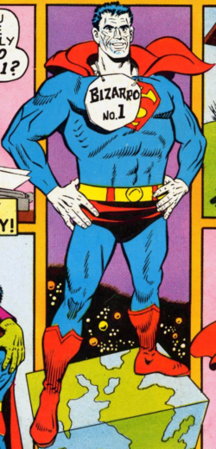![]()
Search
Recent Posts
- ChangingAging.org Redesign -- Please Bookmark!
- Disaster in Buffalo
- Power Up Friday
- Blanchard WinsDays
- Kevin Frick writes...
- Monkhouse Monday
- Getting Closer!
- Blanchard WinsDays
- Power Up Friday
- My Pick for Health and Human Services
- Understanding Health Care Reform
- Facts Are Stubborn Things: Social Security Edition
- Monkhouse Monday
- Localism is Coming
- Krugman Can't Wait...
Recent Comments
Category Archives
- AGING 100
- Aging
- Culture
- Dementia
- Eden Alternative
- Erickson School
- Green House
- Health Policy
- Longevity
- Media
- Rockets
Monthly Archives
- February 2009
- January 2009
- December 2008
- November 2008
- October 2008
- September 2008
- August 2008
- July 2008
- June 2008
- May 2008
- April 2008
- March 2008
- February 2008
- January 2008
- December 2007
- November 2007
- October 2007
- September 2007
- August 2007
 Subscribe to this blog's feed
Subscribe to this blog's feed
Announcements

Blog Data
« Watson and Spock | Main | King Lear's Family Values »
December 12, 2008 |Permalink |Comments (2)
Bizarro
Based on the comic strip character of the same name, Bizarro was the antithesis of “Superman,” famous super hero of the 1950’s. Created by Otto Binder and artist George Papp, the concept of “Bizarro” means using opposite and twisted logic to explore new ideas, gain new perspectives of commonly held beliefs and assumptions. Taking any concept, turning it upside down, backwards and inside out, the mind begins to create new ideas that run counter to the original thought. One begins to view something in a different way.
“Bizarro thinking” is a tool introduced and used in AGING 600 to help students reframe their conformist, traditional thinking and widely held beliefs surrounding aging.
A recent example of looking at aging from a Bizarro perspective can be seen in this Kaiser Permanente commercial:

Comments ( 2)
Good video. The benefits of bizaro thinking to be seen needs practice and practice. It is not a normal activity. Without looking at something and in your mind's eye seeing it differently takes concentration and time. For a person like me I have little so it is even harder. Now I do see things in a strange way and see humor and stupidity in the norm so I guess I do a little bizaro thinking.
Joe, Donna, Donna, Shelia and Lisa
I just re-read (for the first time since childhood) F.S. Fitzgerald's short story "The Curious Case of Benjamin Button" in anticipation of the upcoming movie. I find the author's style of writing in the "supernatural mode" brilliant and very "bizarro". He is known for saying that the story was inspired by a remark of Mark Twain's; something to the effect that it was a pity that the best part of life came at the beginning and the worst part at the end. I feel that Fitzgerald's story refutes that notion to an extent.
Benjamin Button is a quiet, sorrowful person who learns powerful insights through the passage of time. While everyone else in his world is aging together, not noticing milestones or rites of passage, Benjamin is "growing" in the opposite direction. Thus, his experience becomes amazingly real in the midst of fantasy, and his perception of the world around him becomes a lot more acute.
Wasn't that the purpose of AGNG 600 and using bizarro as an instrument of creativity?
I won't say much more about the story because I don't want to ruin the fun for people who plan to read it or see the movie.
By the way, this idea of aging in reverse was not original to Fitzgerald. According the the writer, several weeks after completing the story, he discovered an almost identical plot in Samuel Butler's "Notebooks". Here is a cool quote from there; one I used to hear my Grandpa say a lot when he was alive:
"A man should be just cultured enough to be able to look with suspicion upon culture at first, not second hand"
Happy Holidays to all bloggers!














